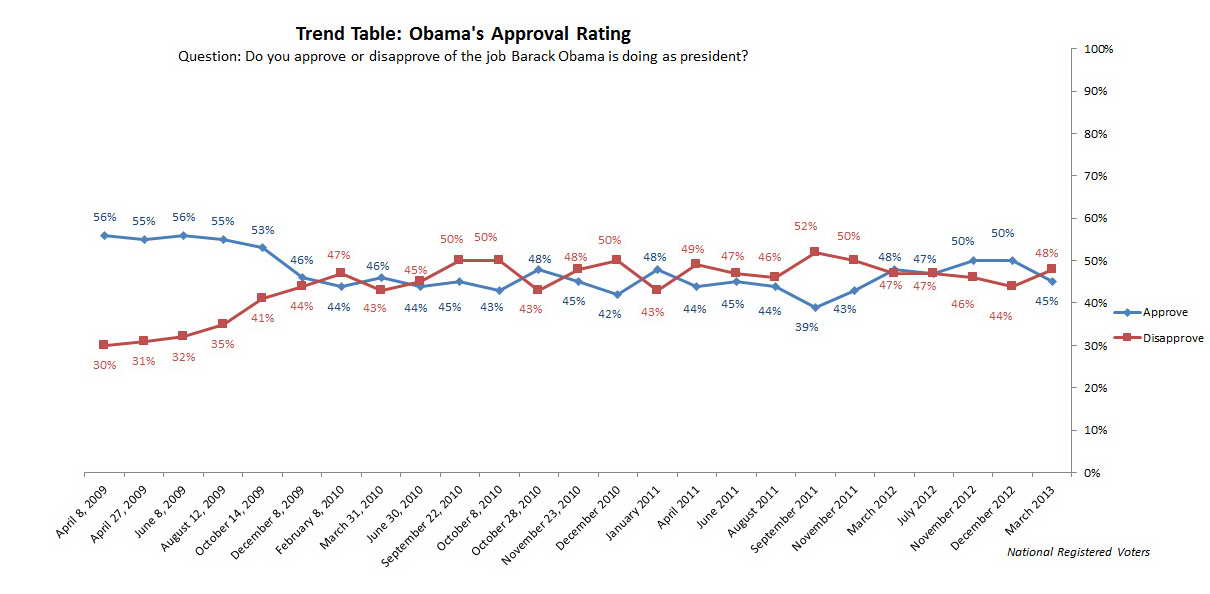Over the course of history, the
president’s power has become larger than what the framers envisioned. The
Constitution grants the president command of the nation’s military, but only
Congress can declare war. Nevertheless, presidents on their own authority have
launched military attacks abroad on more than a two hundred occasions.
The President can act as a
diplomatic leader with the ability to appoint ambassadors and negotiate
treaties with other countries, subject to a two-thirds vote of the Senate. In
1937, the Supreme Court ruled that executive
agreements, formal agreements that presidents make on with foreign nations,
are legally binding in the same way treaties are.
The President has grown to be so
powerful due to two factors: national election ad singular authority. These two
factors make the President most suited to be called the nation’s leader. The
nineteenth century view of the president was expressed in the Whig theory, which said that the
presidency is a limited or constrained office where the president has limited
power within the powers given to him. Theodore Roosevelt in 1901 cast it aside
and adopted the stewardship theory,
which called for a strong presidency that was limited not by what powers it
had, but what powers it were denied.
The Presidency needs to be strong
due to Congress being ill suited to direct the many programs and agencies
required to run a country. In the Presidency, final authority rests on a single
individual, the president. The President has also grown powerful in foreign
policy. Foreign policy requires singleness of purpose and, at times, fast action.
On four occasions, candidates
have lost the election even though they received the most popular votes, due to
electoral votes being the key factor. In 1824, Congress was called upon when
neither JQA nor Andrew Jackson received a majority of electoral votes. In 2000
when Al Gore received the most popular votes, Bush still won thanks to
electoral votes, along with the running of third-party candidate Ralph Nader.
The Twenty-Fifth Amendment
defines presidential disability and succession, where the president passes his
presidential power to the vice president. For a short time, Reagan was
considered disabled while going through surgery to recover from an
assassination attempt. After the vice president’s seat becomes vacant, the
president nominates a new VP, and both houses have to approve via a majority.
This occurred after Nixon’s VP resigned in 1973. After the VP, the Speaker of
the House is the successor.
The selection process of the
President has changed over time. Initially, party nominees were chosen in
congressional caucuses, and Electoral College members acted somewhat
independently in their Presidential voting. From 1832-1900, party nominees were
chosen in national party conventions by delegates selected by state and local
party organizations, while Electoral College members cast their ballots for the
popular-vote winner in their respective states.
The President can impound funds,
where the president refuses to release appropriated funds to executive
agencies. Congress in 1974 responded with the Congressional Budget and
Impoundment Act, which required the president to spend all appropriated funds
and set up an independent Congressional Budget Office.
 Executive privilege is the ability of the president to protect
personal material. Nixon tried to use this ability during the Watergate
Scandal, but the Court qualified executive privilege to not apply to this case.
Executive privilege is the ability of the president to protect
personal material. Nixon tried to use this ability during the Watergate
Scandal, but the Court qualified executive privilege to not apply to this case.
Congress created the Executive
Office of the President (EOP) in 1939 to provide the president with the staff
imperative for coordination of executive functions. The EOP has since become
the command center of the presidency. The White House Office (WHO) consists of
the president’s closest personal advisers. The Office of Management and Budget
(OMB) consists of experts who formulate and administer the federal budget the
National Security Council advises the president on foreign and military
affairs. Policy experts staff many of the EOP’s organizational units.
Individuals in the WHO are among the most powerful individuals in Washington.
The heads of the fifteen
executive departments constitute the president’s cabinet. Although the cabinet once served as the president’s main
advisory group, presidential advisors in the EOP have replaced that function. The
president, subject to confirmation by the Senate, appoints cabinet members. The
office of secretary of state is widely regarded as the most prestigious cabinet
post. The President also appoints the heads and top deputies of federal
agencies and commissions, as well as two hundred ambassadors.
Strong presidents have usually a
strategic vision of where they want to lead the country, as well as a clear
sense of how their ideas intersect with Americans’ aspirations. Good leadership
attributes include the ability to manage a crisis, demonstrate leadership, appoint
quality officials, set and clarify the national agenda, achieve a legislative
agenda, and achieve success in the foreign policy arena. Examples include
Kennedy’s New Frontier; Lyndon Johnson’s Great Society; Nixon’s foreign policy
achievements and the ending of the Vietnam War; Reagan and George H.W. Bush and
ending the Cold War.


No comments:
Post a Comment